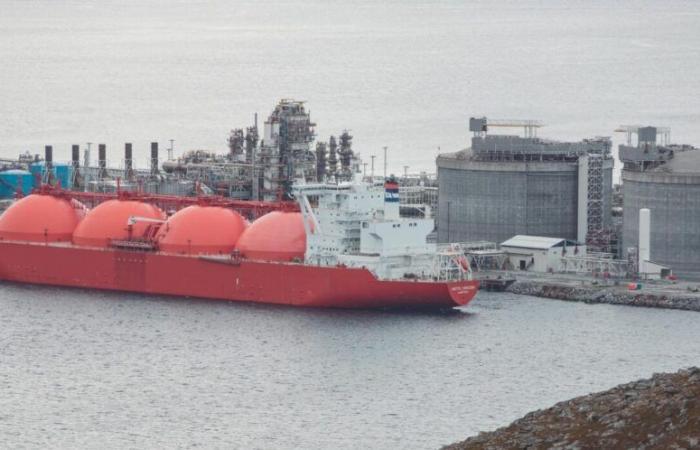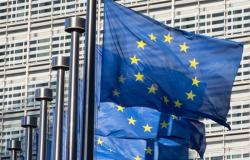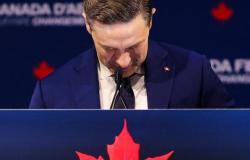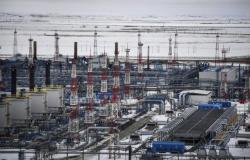The European gas market experienced an anomaly that persisted all last winter. In normal times, gas courses for summer delivery have a discount with regard to winter courts due to stronger and less elastic demand at prices during this period when heating needs are high. This discount is important because it encourages logistics operators to buy in summer and to sell in winter (“cash and carry” operations: cash or nearby purchases coupled to simultaneous longer term sales, thus ensuring a gross profit). This is how the tanks are filled upstream of the cold season and the non -negligible storage costs are funded.
This winter, however, it was the opposite situation that prevailed. Summer prices have surpassed winter prices, discouraging storage activities. January and February were cold and with the end of the Russian gas routing via Ukraine European stocks had reached levels significantly lower than usual at the start of the year. However, after the Russian invasion, many European countries have imposed high target filling rates at certain times of the year to secure the necessary stocks. On a European scale, the target filling rate is 90% before November 1. Intermediate thresholds must be previously affected by key dates. Gas purchasing needs to reach these thresholds could therefore be very substantial. Operators have anticipated these potentially higher and more urgent needs than usual and the summer winter gap turned.
Decrease in stock fulfillment targets
Since then, the European authorities have been studying the situation. At the start of the year, some countries planned to subsidize restocking. Others preferred to lower the filling objectives to avoid or limit forced purchases. This proposal now seems to hold the rope with a target filling rate which could be lowered to 83% supplemented by a fluctuation margin (some points) acceptable in the event of specific market conditions. A final position should be adopted by the end of the semester.
At the same time, the summer discount has reappeared in recent weeks. The more accommodating approach to European bodies has probably played a role, but it is still too early to announce a crisis. The improvement observed could above all be only a cyclical upturn. The winter release has gone better than expected with more mild weather. The tensions associated with the trade war launched by the Trump administration as well as the fears of less growth have been able to bring certain players, notably Chinese, to postpone their purchases. The first weeks of April therefore constituted a period of relaxation and some cheap purchase opportunities were able to present themselves again for European operators, especially on liquefied natural gas (LNG). If the weather should become more unfavorable, however, and if certain sources of supply were to disappoint, the fears of a degradation of market conditions in Europe and insufficient stocks could quickly resurface.








